Scott Morrison’s safety switch to hit net zero emissions
Angus Taylor seeks to reassure Nats the policy shift won’t harm reliable power generation or undermine regional industries.
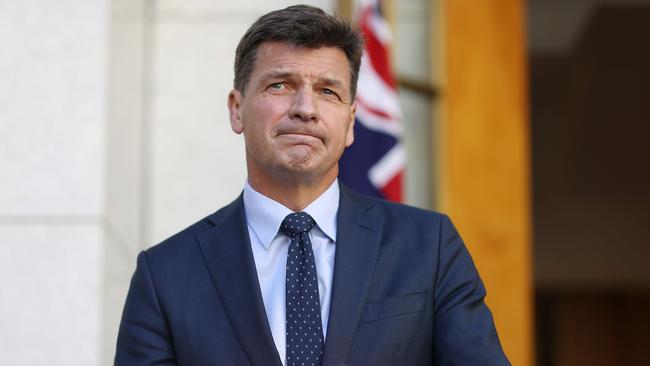
Scott Morrison’s plan for net zero emissions by 2050 will go to cabinet on Wednesday, with Energy Minister Angus Taylor seeking to reassure Nationals MPs the major shift in climate policy will not come at the cost of reliable power generation or undermine high-emitting regional industries.
A final Glasgow climate package is expected to be finalised next week after Nationals MPs meet on Sunday, with Mr Taylor using a speech on Tuesday to argue that Australia must embrace a practical net-zero plan to avoid “destroying some of our greatest economic strengths.”
“Our traditional industries that have given us enormous prosperity over a long period of time – agriculture, heavy industry and resources – we don’t want to see those industries being badly damaged and they don’t need to be,” Mr Taylor said.
“They do need to adapt, there’s no question about that. But a sensible net-zero goal with a sensible net-zero pathway creates a pathway for our resources industry, our heavy industry and our agriculture.”
Nationals sources said they would push for a net-zero plan, expected to include significant investment in the regions, which MPs could both “sell to their electorates and believe in”.
The government’s long-term emissions reduction strategy – the centrepiece of Australia’s climate offerings ahead of the COP26 summit – will support traditional export sectors and regional communities, drive down emissions, and position the country to accelerate emerging industries and supply chains in a new-energy economy.
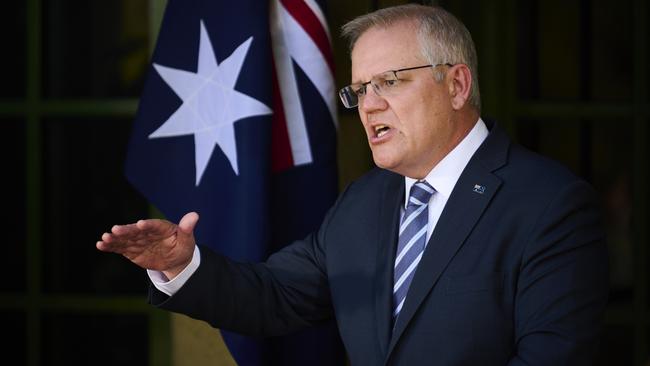
The plan will focus on low-emissions technologies, international partnerships, developing clean hydrogen and ammonia export industries, no new taxes, supporting electric vehicle ¬uptake, delivering reliable and cheap energy and limiting intervention in market and consumer choices.
The government will also use updated emissions projections data out to 2030 to show the nation is on track to exceed its Paris commitment of reducing emissions by 26 to 28 per cent below 2005 levels by the end of the decade, pushing forecasts well into the 30s.
Moderate Liberals have been pushing for stronger action on medium-term targets. NSW senator Andrew Bragg, the chair of the parliamentary environment and communications committee, will use a speech on Wednesday to argue that Australia could easily meet a 2030 target of 40 per cent.
The Australian understands the net-zero blueprint will be supported by modelling showing the economic and environmental impacts of Australia’s carbon-neutral pathway, which is considered crucial in winning support from the Nationals.
Senior government sources said cabinet would consider the emissions-reduction strategy on Wednesday, before the Nationals partyroom meets to finalise a position. High-level negotiations between the Liberals and Nationals this week will focus on whether the net-zero strategy should be a flexible objective, plan or goal, rather than a fixed target.
It will likely avoid placing a major focus on “transition” packages for regional communities, with the government seeking to avoid spooking voters in key Queensland election battleground seats including Flynn, Capricornia, Dawson, Herbert and Leichhardt.
Ahead of COP26, which Mr Morrison is increasingly likely to attend after the G20 summit in Rome, the government is preparing to unveil its Future Fuels electric vehicle strategy, updated medium-term emissions projections and second technology investment road map statement.
Mr Taylor said getting the nation’s energy mix right was a key plank in the pathway to net zero, warning “we’ve seen what happens when policy makers take reliability and affordability for granted”. “In the UK, reliance on gas imports, constrained gas supplies and a prolonged wind drought have plunged the country into an extraordinary energy crisis,” he said.
“Default household energy prices have gone up by 12 per cent. And that comes on the back of a disaster we saw earlier in the year in Texas. We’ve had similar wake-up calls here in Australia.”
With the ratio of new renewable energy projects to new dispatchable projects in the past two years reaching 56:1 – a difference of 13,065MW – Mr Taylor said the Australian Energy Market Operator estimated the nation would need 19,000MW of on-demand reliable power in the grid by 2040 to support increasing renewables. He said he would promote Australia’s development of clean hydrogen and ammonia export industries at the Glasgow summit, which opens on October 31, and beyond.
In an address to the Investor Group on Climate Change on Wednesday Senator Bragg will say that Australia could “get a deeper cut by 2030 of at least 40 per cent on 2005 levels”.
Wentworth MP Dave Sharma has backed a 40-45 per cent 2035 target, while the government has been urged to lift its 2030 ambitions by Liberal MPs including Jason Falinski, Katie Allen and Warren Entsch.
Senator Bragg will say Australians “can all win from net zero”.
“The economic imperative is becoming clear. At some point in the future, our trading partners will choose to stop buying our fossil fuels,” he will say.
“We have to ensure that no Australian, and no Australian community is left behind. It is unquestionable that some communities will require special attention and support.”
Senator Bragg will call on discretionary fund managers to focus on investments in zero-emissions technologies.
“The transition for many communities will be challenging,” he will say. “The non-superannuation asset managers and owners could do the country a big favour by investing into these areas.”
Liberal MPs are confident Mr Morrison will secure a deal for a net-zero target, saying he has been telling MPs that the issue is biting in regional electorates as well as the major cities.
“When he starts telling people it is an issue that is big in marginal seats, you know you have got him across the line,” an MP said.
Coalition strategists believe if a climate package is resolved before Glasgow, pressure will shift to Labor’s plans for the regions and heavy-emitting industries.
Opposition Leader Anthony Albanese, who is yet to outline Labor’s medium-term emissions reduction target and how it will achieve net zero, said the government would need to do more than adopt a target of net zero by 2050.

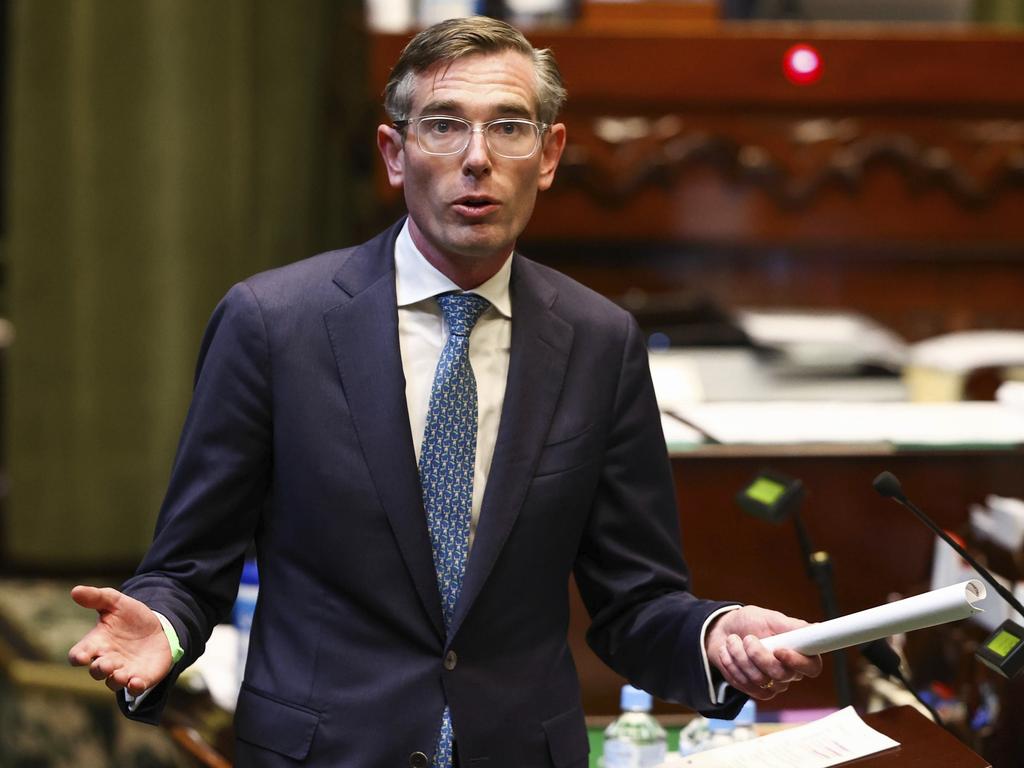
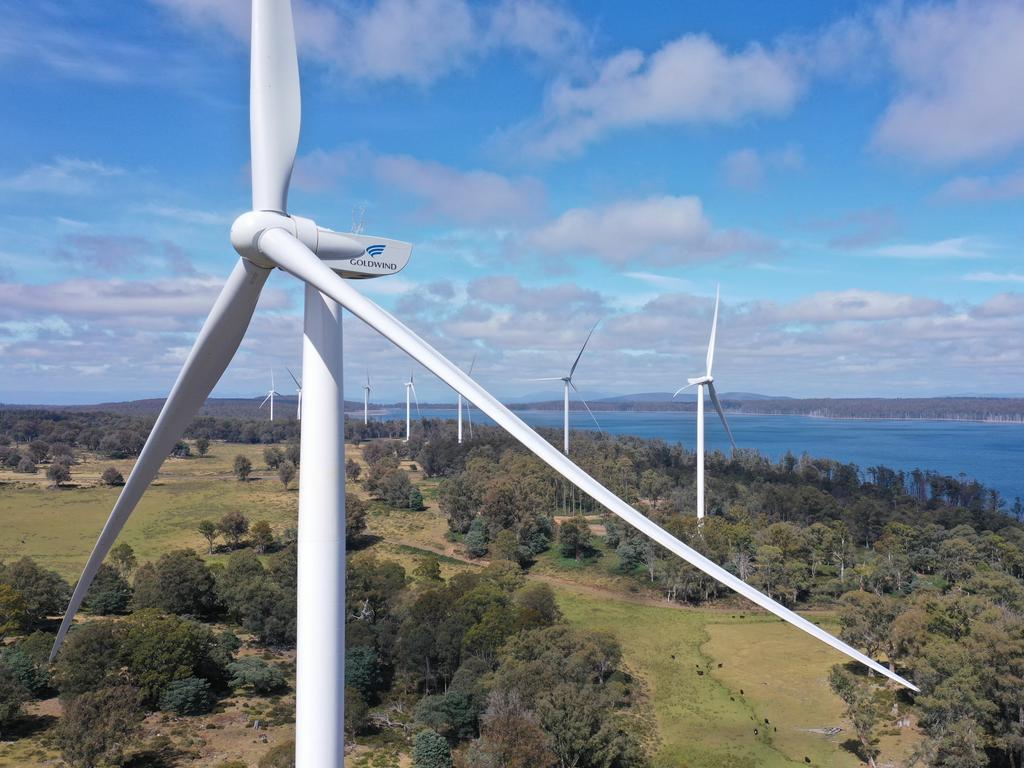
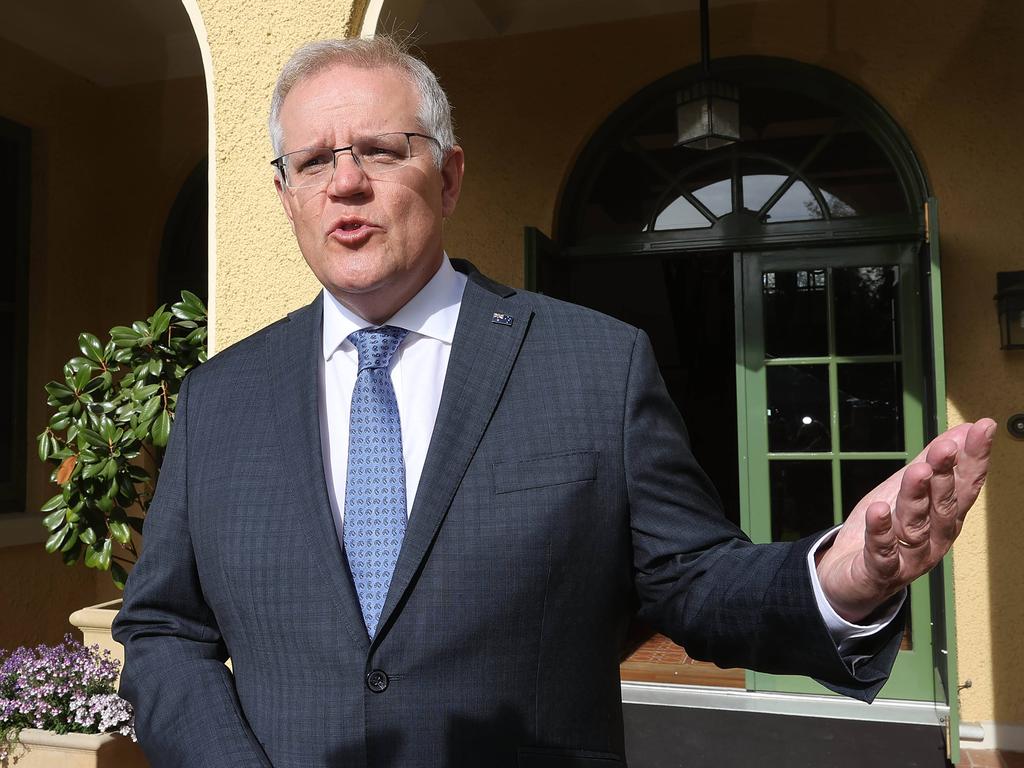



To join the conversation, please log in. Don't have an account? Register
Join the conversation, you are commenting as Logout